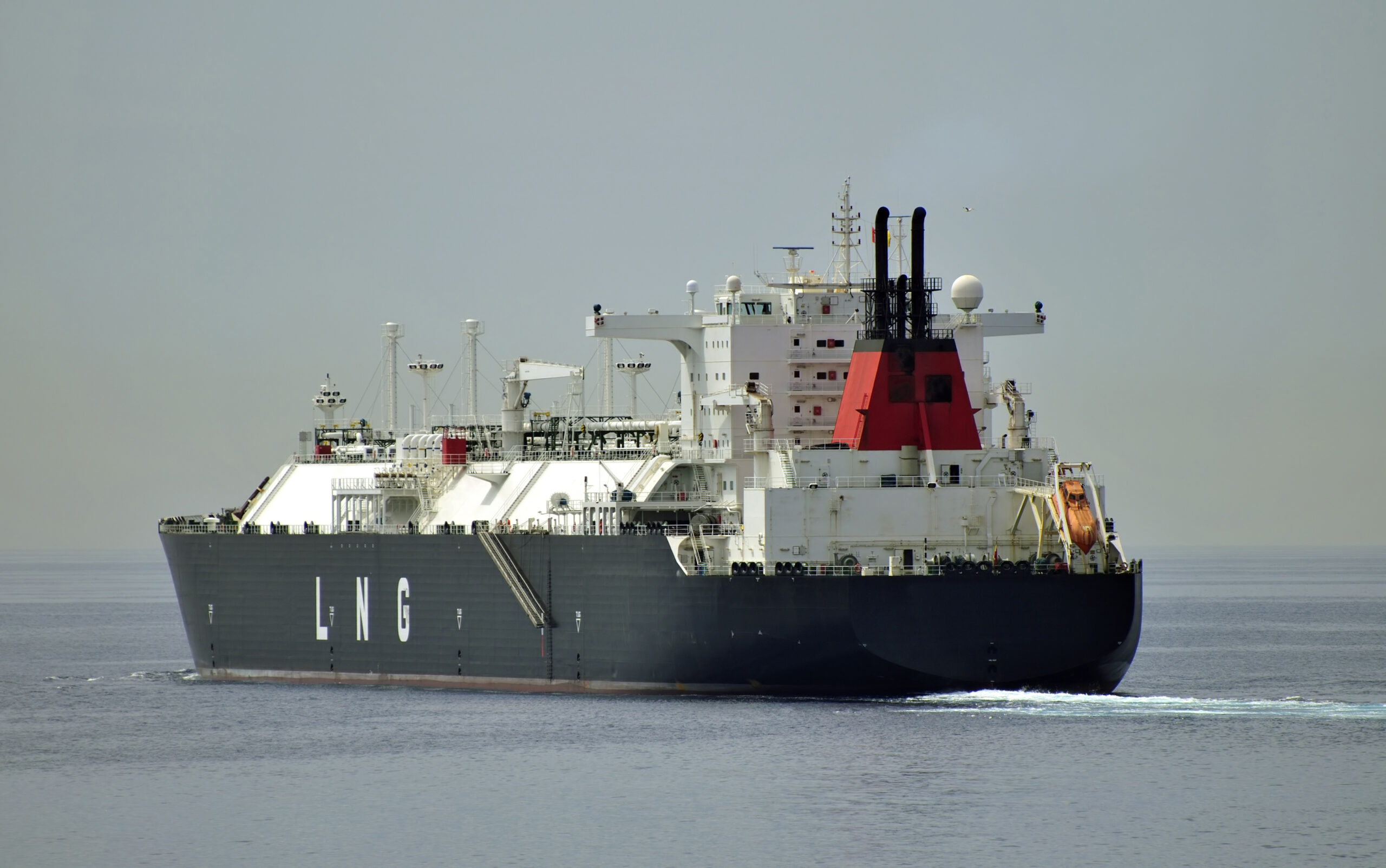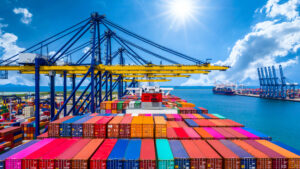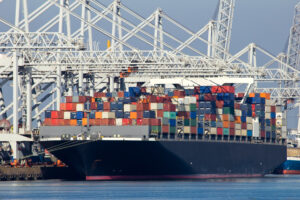Europe’s construction of liquefied natural gas (LNG) import terminals is losing momentum, indicating that countries across the continent overestimated future gas demand.
Europe’s LNG regasification increased by 13% in 2023 and 8% in 2024. It will rise by 2% this year, according to the updated European LNG Tracker from the Institute for Energy Economics and Financial Analysis (IEEFA).
The deceleration in Europe’s LNG terminal buildout comes as IEEFA expects the continent’s gas consumption and LNG imports to fall by 15% and 20%, respectively, between 2025 and 2030.
“Europe has installed or expanded 19 LNG terminals since the beginning of 2022 as it pivots away from imports of Russian pipeline gas. Yet a series of recent terminal cancellations and closures suggests that European countries have overstated the continent’s LNG demand,” said Ana Maria Jaller-Makarewicz, lead energy analyst, Europe, at IEEFA.
“European countries that continue to build or expand LNG terminals risk investing in unnecessary infrastructure as the energy transition accelerates.”
Europe has increased its reliance on LNG imports this year after Russian gas pipeline flows via Ukraine ended on January 1. Europe’s LNG imports jumped by 24% year on year in the first half of 2025 as gas demand rose.
The US has reinforced its position as Europe’s main supplier of LNG. European imports of US LNG increased by 46% year on year in the first half of 2025. This meant the country accounted for 57% of the continent’s LNG imports.
“The LNG industry often touts the role of LNG terminals in securing energy supply. Europe’s recent experience of terminal delays and technical issues challenges this notion. Reducing gas consumption has been pivotal in providing energy security,” said Jaller-Makarewicz.
Record imports of Russian LNG
Europe’s imports of Russian LNG increased by 2% year on year in the first half of 2025, meaning they reached a record high for any half-year period.
The EU continues to increase its imports of Russian LNG despite sanctioning the country’s LNG operations. While the EU will ban imports of Russian LNG from January 2027, the bloc’s imports of LNG from the country rose by 7% year on year in the first half of 2025, according to IEEFA analysis.
France accounted for 41% of Europe’s imports of Russian LNG in H1 2025, followed by Belgium (28%), Spain (20%), the Netherlands (9%) and Portugal (2%).
From the beginning of 2022 to June 2025, EU countries spent about €120bn on pipeline gas and LNG imports from Russia.



